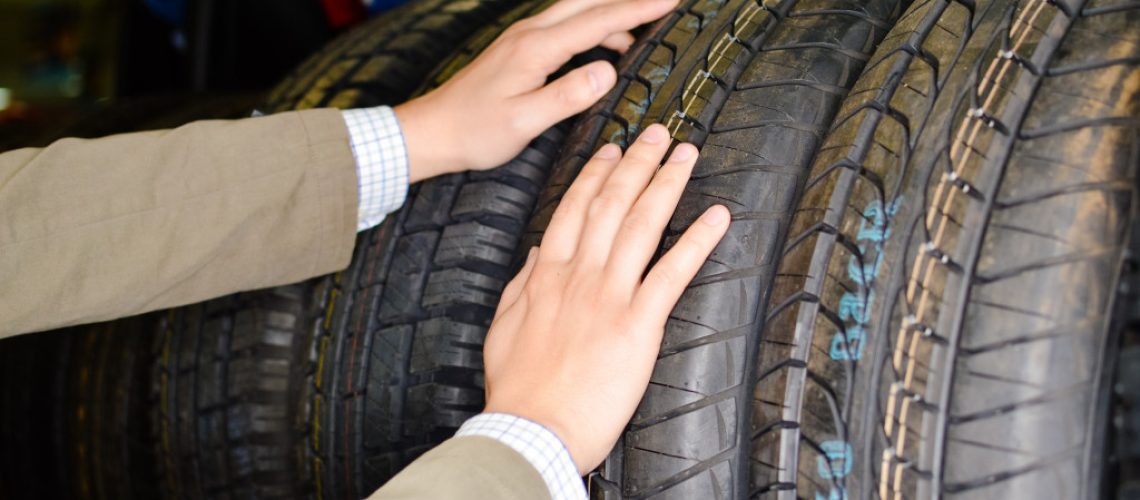Most people know it’s essential to rotate their tires periodically, but fewer know how to maintain their car’s tire wheels properly. Here are a few tips on how to keep your car’s tire wheels in tip-top shape.
Make sure that your tires are correctly inflated.
This may seem like a no-brainer, but you’d be surprised how many people don’t realize that their tires are underinflated. Underinflated tires reduce your gas mileage and increase the wear and tear on your tires. You can find the proper tire inflation for your vehicle in the owner’s manual or on the sticker inside the driver’s side door.
If you’re unsure how to inflate your tires, there are a few ways. You can use a manual tire pump, an air compressor, or a nitrogen tank.
When using a manual tire pump, attach the pump to the valve on the tire and push down on the handle to inflate the tire. Ensure to keep pumping until the tire is fully inflated; you’ll know it’s done when the pressure gauge reaches the recommended level.
If using an air compressor or nitrogen tank, ensure that the machine is turned off and unplugged. Then, connect it to the valve on the tire and turn it on. The compressor will automatically stop when the tire is fully inflated.
Be sure to check your tire tread regularly.
The simplest way to check if your tires need replacing is by inserting a penny into the tread with Lincoln’s head pointing downwards. If you can see all of Lincoln’s head, then it’s time for new tires. This can signify that too much wear on the tire could lead to a flat or blowout.
If your tires need replacing, purchase quality tires with high tread ratings. This will help ensure your car performs at its best and reduces the chances of getting in an accident.
There are a few factors to consider when choosing new tires:
- The driving you to do: If you do a lot of off-roading or drive in severe weather conditions, you’ll need tires with a higher tread rating than someone who does mainly city driving.
- The size of your vehicle: Tires come in different sizes for different vehicles. Be sure to get the right size for your car.
- The price: Tires can range from $50 to more than $1000 per tire. Choose the ones that fit your budget but also have a high tread rating.
Don’t forget about wheel alignment!
Wheel alignment is often overlooked, but it’s just as important as rotating your tires. When your wheels are out of alignment, it causes uneven wear and tears on your tires, eventually leading to a blowout.
You can tell if your wheels are out of alignment if your car veers to one side when you’re driving straight or if you notice that your steering wheel is off-center when you’re driving down the road. You should also bring your car in for wheel alignment if you’ve recently hit a pothole or curb.
One of the best ways to maintain your car’s tire wheels is using a wheel balancer. This will check the weight distribution on each of your tires and can help identify any issues with alignment, wear and tear, or other problems. If you suspect something is wrong with your tires or wheels, bring it to a professional mechanic, who can inspect the wheels and suggest any necessary repairs.
Rotate your tires regularly.
Tire rotation is an essential part of maintaining your car’s tire wheels. It helps distribute the wear and tear more evenly throughout the tires and keeps them from getting too worn down in one area.
Some people recommend rotating your tires every 5,000 to 8,000 miles, but it can also depend on your driving. If you’re mainly driving on highways, the rotation may need to be done more often than if you were going in the city.
When rotating your tires, ensure they are inflated to the correct pressure, and always use a jack stand or other support device to prevent accidents or injuries. It would be best to inspect the tires for any wear and tear or damage, such as cuts or bulges. If something looks off, bring your car to a mechanic to get it checked out.
Drive gently and avoid hard braking.

When driving, it’s essential to be gentle on the brakes and accelerator. Harsh accelerations and sudden stops can cause a lot of wear and tear on your tires. It can also affect the alignment of your wheels, which can lead to an accident if not corrected quickly.
If you’re heading down a steep hill, it’s best to use the brakes sparingly. Instead, shift into a lower gear and let the gears slow down your car naturally. This will help reduce unnecessary wear on your tires and prevent any possible blowouts or flat tires.
It’s also important to drive slowly over potholes and other bumps in the road. Hitting a pothole at high speed can cause your wheels to lose alignment and put you in danger.
By following these simple tips, you can prolong the life of your car’s tire wheels and save yourself a lot of money in the long run. Don’t neglect the proper maintenance of your vehicle; it’ll only cost you more in the end!

